India Pale Ale, or IPA, is a bold and hop-forward beer style that's become the darling of the craft beer world. Known for its intense bitterness, robust hop flavors, and higher alcohol content, IPAs offer a symphony of aromas ranging from citrusy and tropical to piney and resinous. This style's popularity has sparked a "hop revolution," inspiring countless variations and cementing its place as the flagship of craft brewing innovation.
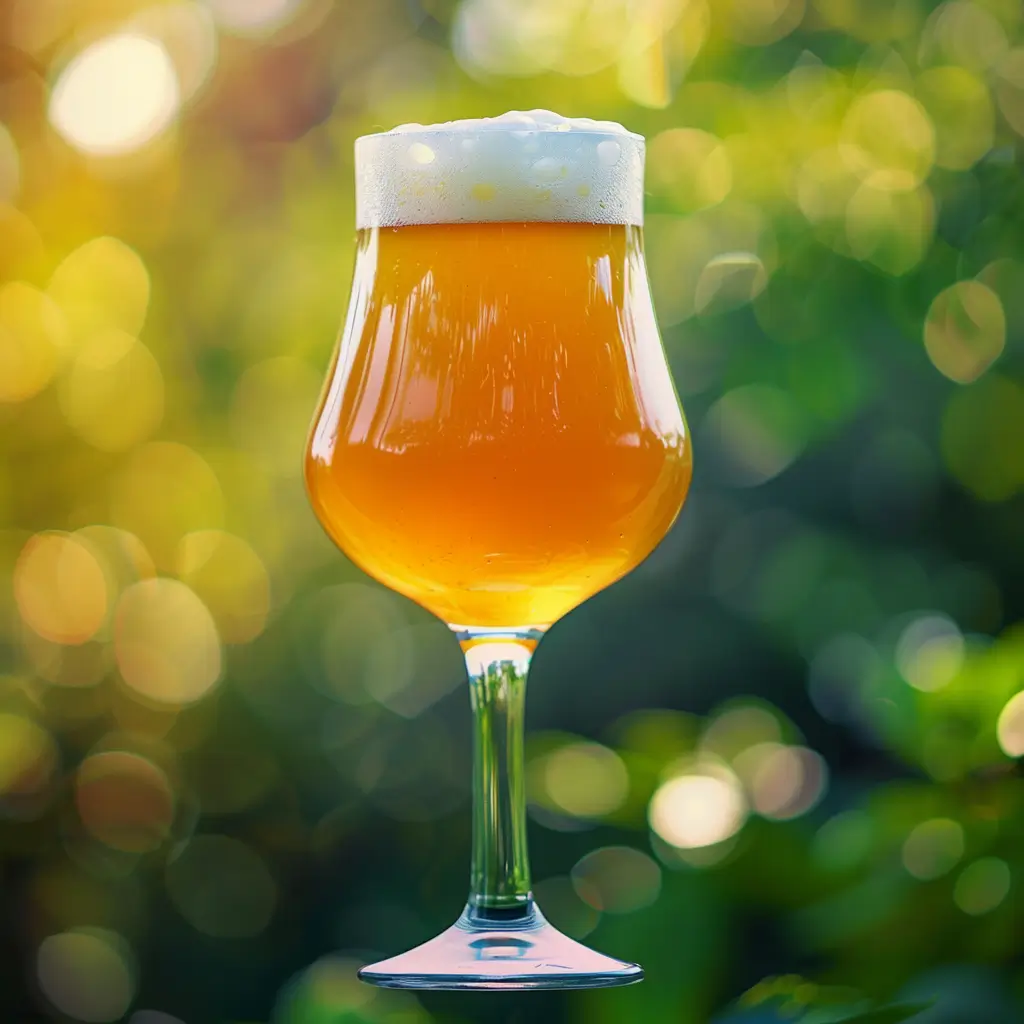
India Pale Ale is most celebrated for its bold hop character, which dominates both aroma and flavor. In appearance, IPAs range from golden to deep amber, often with a slight haze from dry hopping. They're topped with a robust, lingering head that's typically off-white to ivory in color. As renowned beer writer Michael Jackson once noted, "An IPA should hit you with a 'pow!' of hops the moment you raise the glass to your nose."
The aroma and flavor profile of an India Pale Ale is a hop lover's paradise. Expect an intense bouquet of hop-derived scents, which can include citrus (grapefruit, orange, lemon), tropical fruits (mango, pineapple, passionfruit), pine, resin, and floral notes. These are backed by a solid malt foundation providing hints of caramel, bread, or biscuit, though the malt character is typically subdued compared to the hops. The bitterness is pronounced and lingering, ranging from assertive to aggressive, but should be clean rather than harsh. Some IPAs may exhibit subtle fruity esters from fermentation, adding complexity to the hop-forward profile.
In terms of mouthfeel, India Pale Ales generally have a medium body with moderate to medium-high carbonation, contributing to a crisp, refreshing texture. The finish is often dry, accentuating the hop bitterness. With ABVs typically ranging from 6.0-7.5% (and higher for Imperial variants), IPAs carry a noticeable alcohol warmth that complements their bold flavors, making them suitable for sipping and savoring.
On the Standard Reference Method (SRM) scale, India Pale Ales usually fall between 6 and 14, reflecting their golden to amber hue. In the glass, a well-crafted IPA is a sight to behold: a glowing, amber-hued brew crowned with a creamy head, its surface shimmering with oils from generous hop additions – a visual prelude to the hop explosion awaiting the first sip.
The rise of India Pale Ales has fundamentally changed the landscape of craft brewing, pushing the boundaries of flavor and aroma in beer.
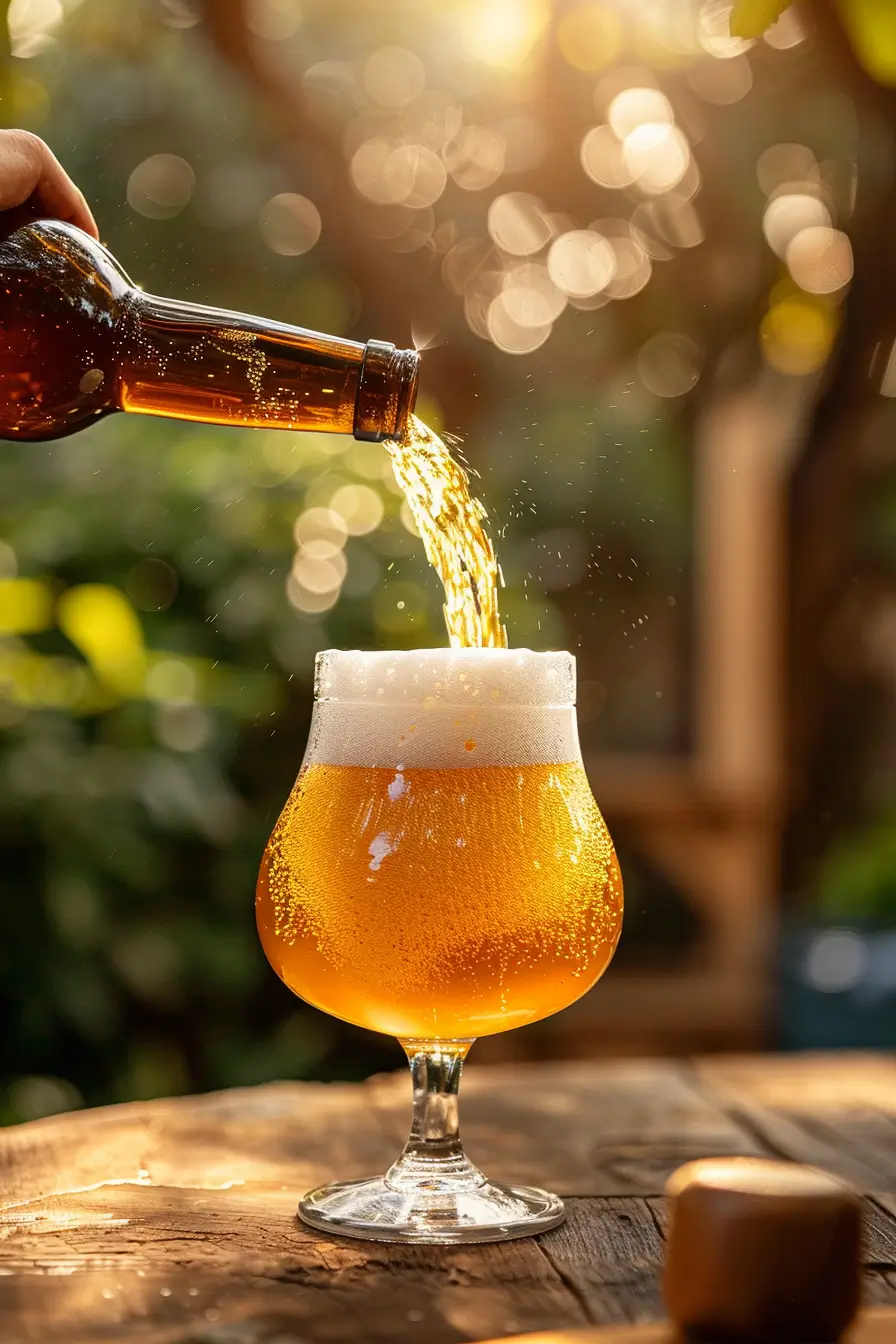
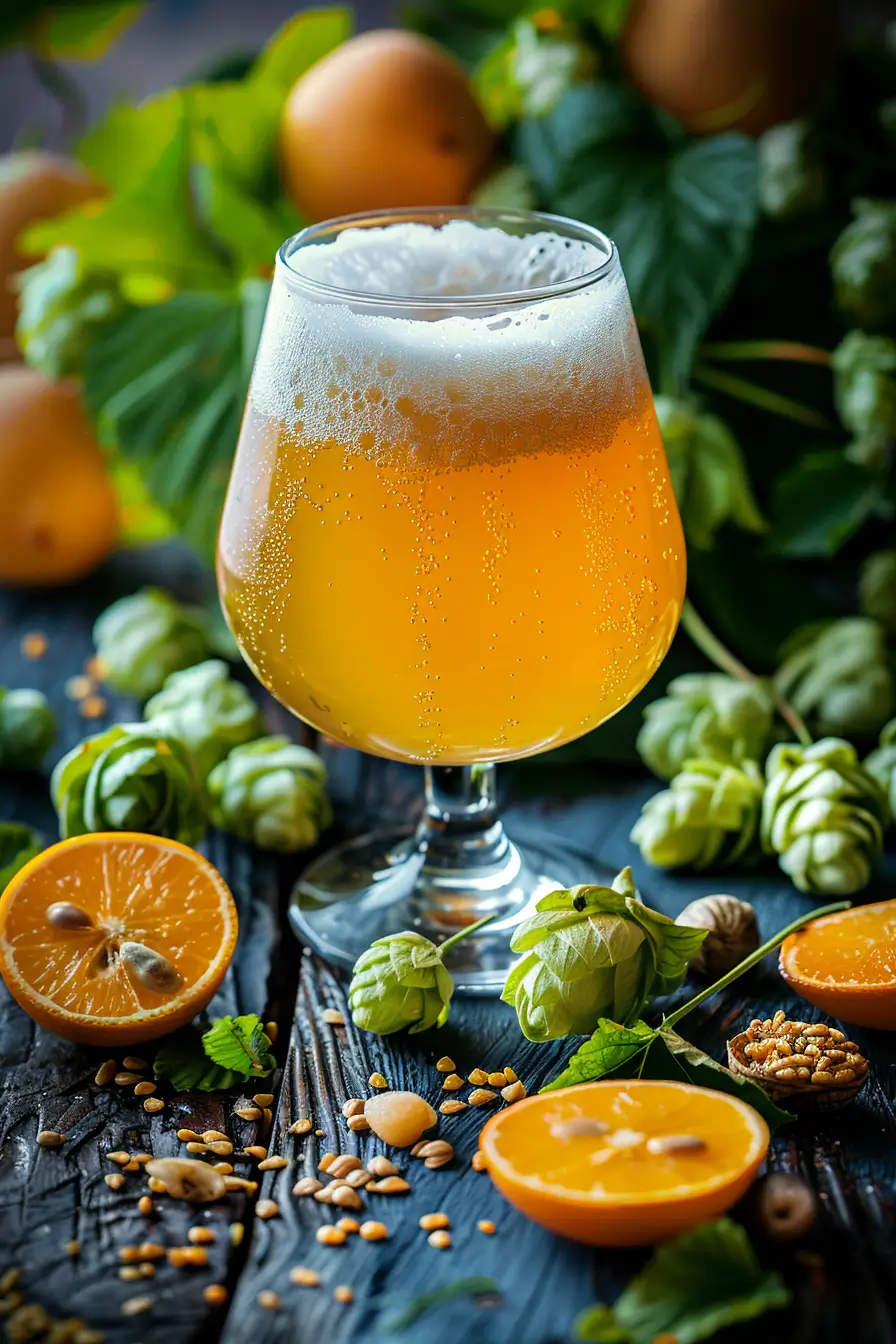
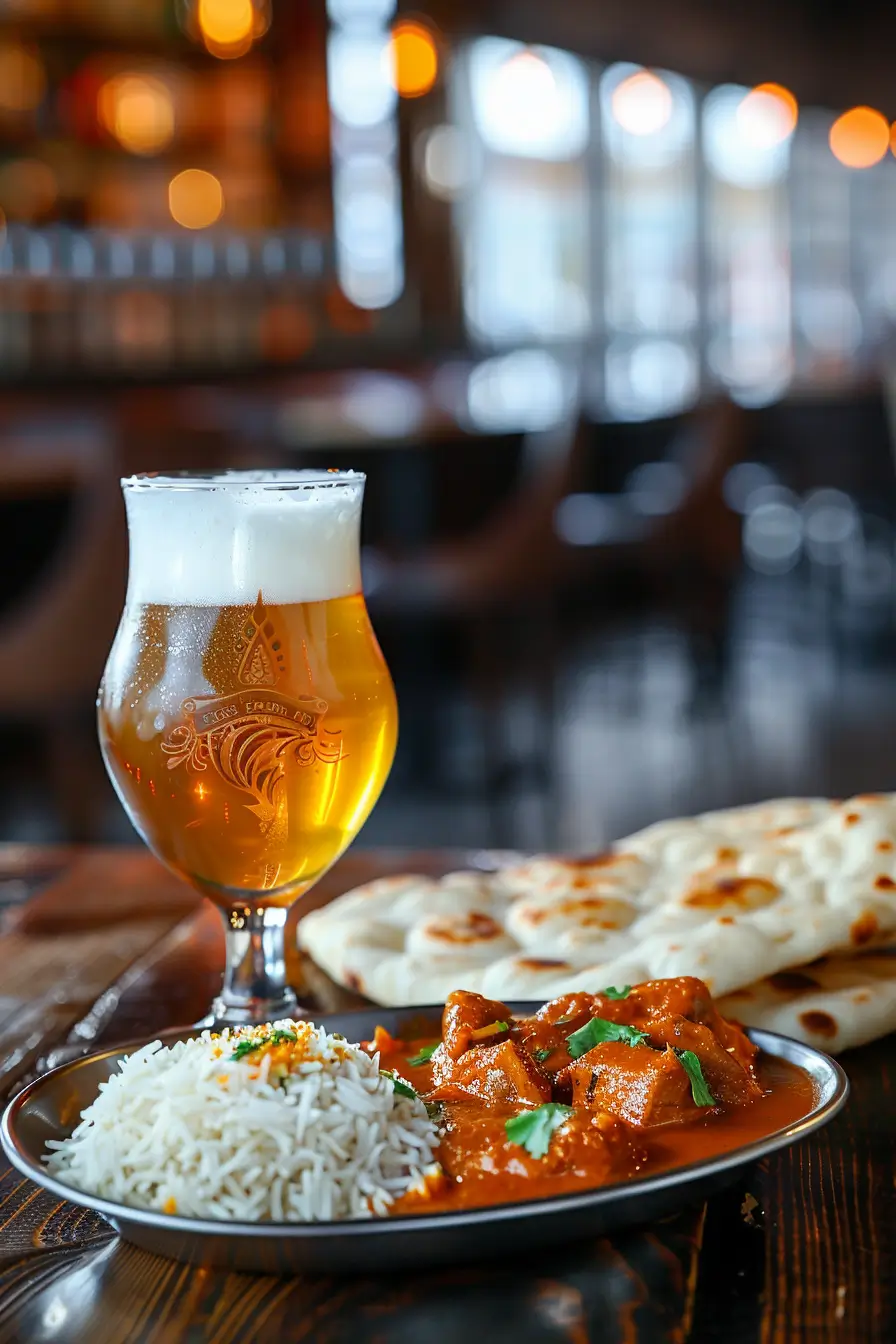




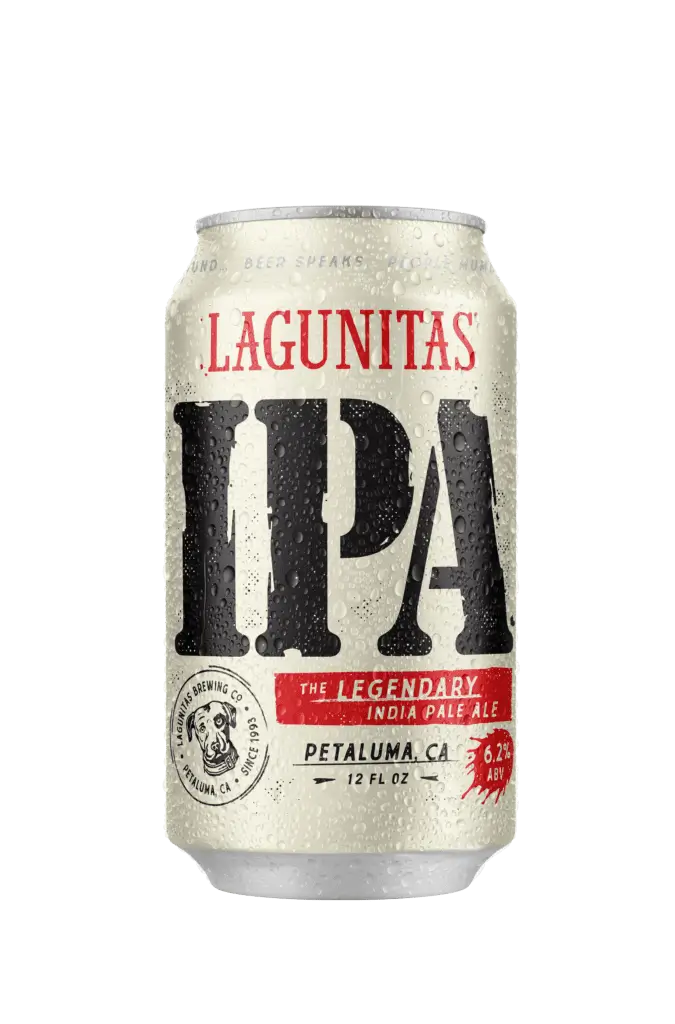
Brewing an India Pale Ale is a hop-centric process that requires careful attention to timing and technique to achieve the style's characteristic bitterness, flavor, and aroma. The challenge lies in extracting the right balance of hop compounds while maintaining a supportive malt backbone.
IPA brewing often involves multiple hop additions and techniques like dry hopping, which contribute to the style's complex hop profile.
Brewing India Pale Ale involves several key steps:


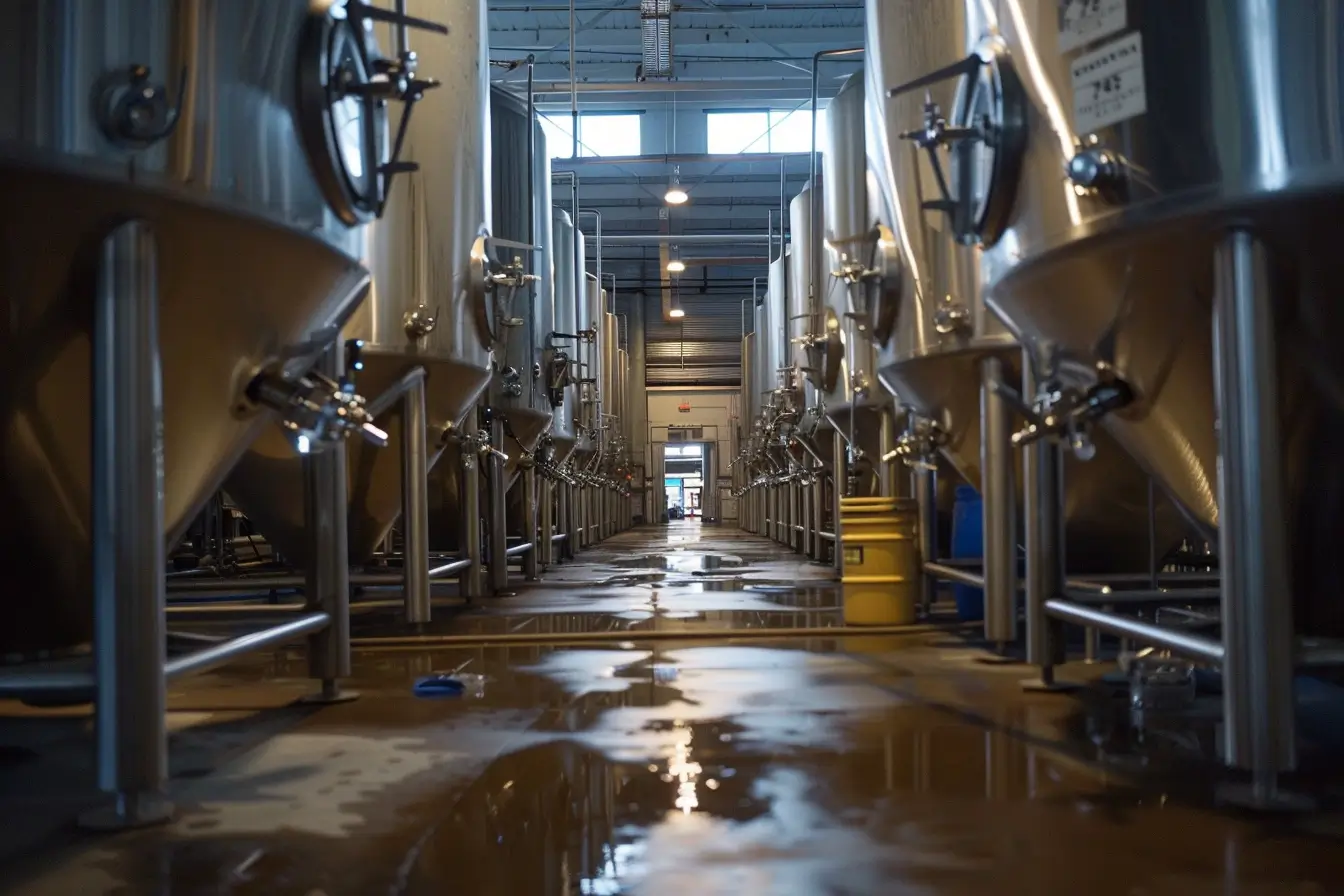
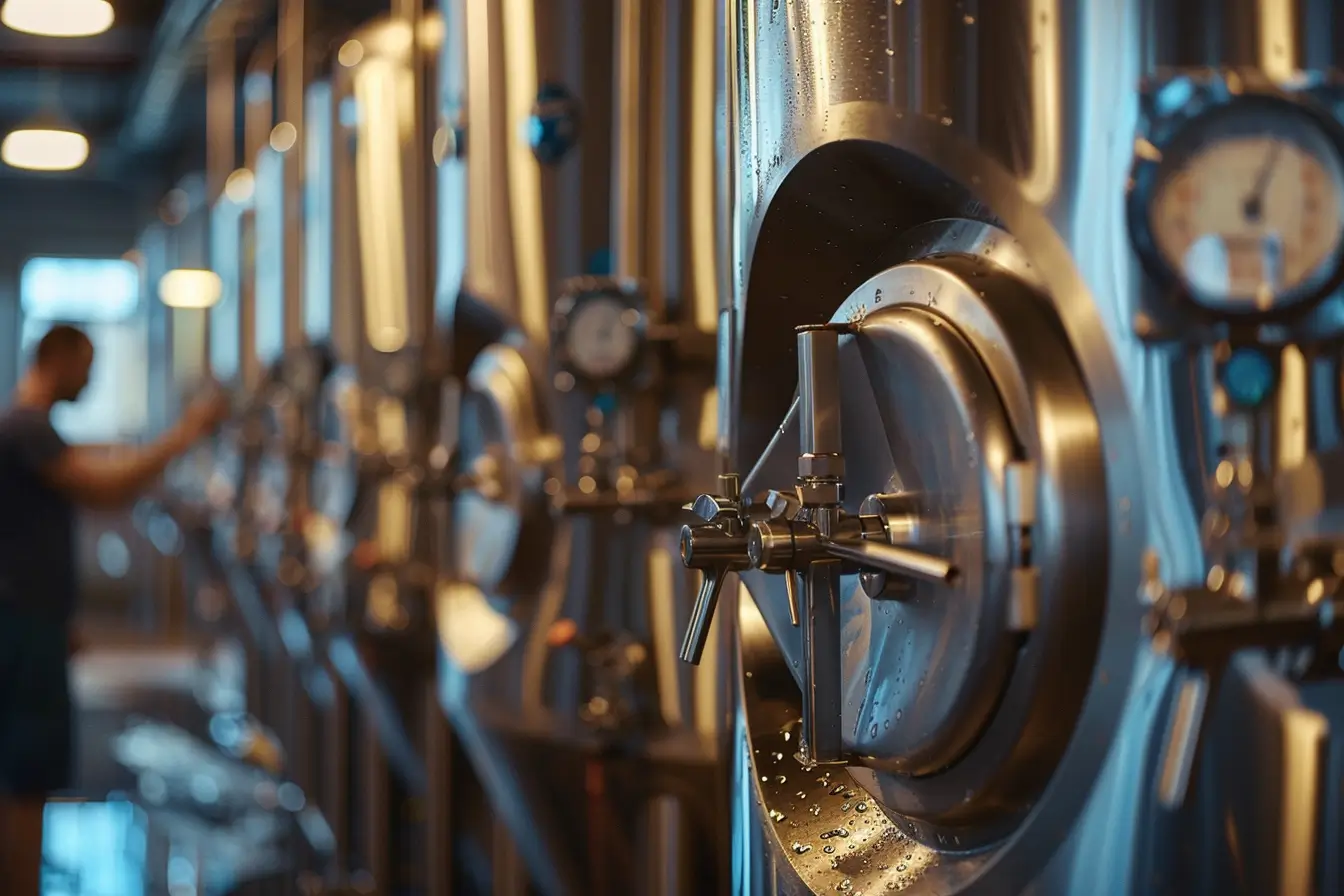
The India Pale Ale style originated in England in the late 18th century, evolving from the pale ales of the time. Its development was closely tied to the expansion of the British Empire and the need to supply beer to troops and colonists in India. The long sea journey and hot climate necessitated a beer with higher alcohol content and more hops, both acting as natural preservatives.
The style gained popularity in England and eventually spread to other parts of the world. In the late 20th century, American craft brewers reimagined the India Pale Ale, using locally grown hops with more intense flavors and aromas. This American interpretation, characterized by its bold hop profile and higher alcohol content, became a catalyst for the craft beer revolution.
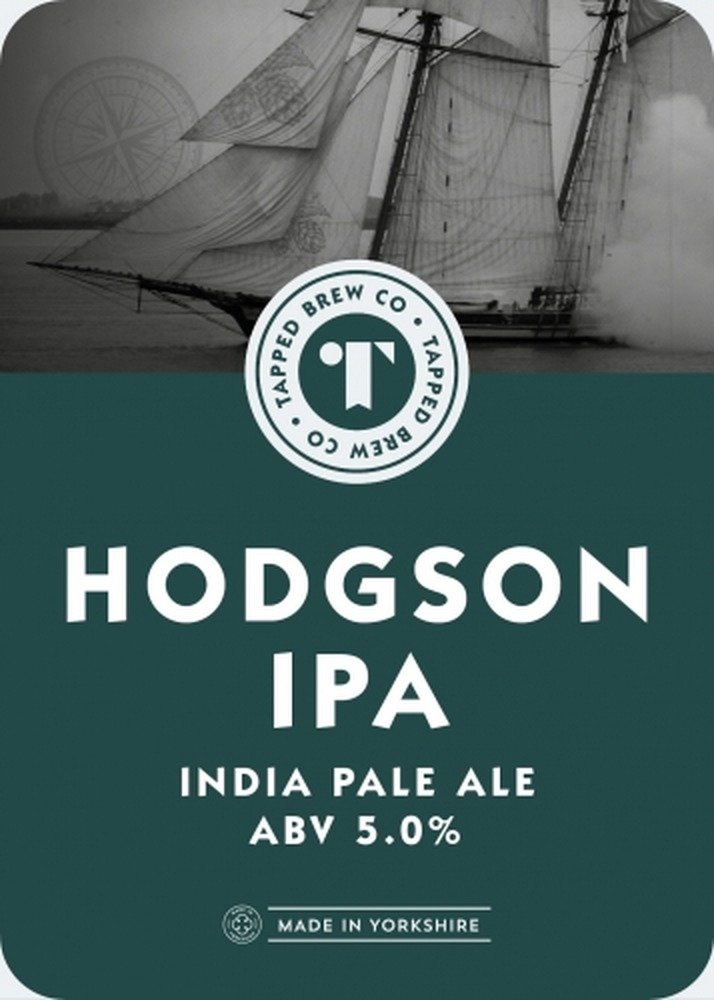
London brewer George Hodgson begins shipping heavily hopped pale ales to India, laying the foundation for the India Pale Ale style.
Burton-on-Trent brewery Allsopp's creates its own IPA, capitalizing on the town's sulfate-rich water which accentuates hop bitterness.
Anchor Brewing Company releases Liberty Ale, often considered the progenitor of modern American IPAs.
Vinnie Cilurzo brews Blind Pig IPA at the Blind Pig Brewing Company, pushing hop levels to new extremes and influencing future Double IPAs.
The popularity of IPAs leads to numerous subcategories, including Double/Imperial IPAs, Session IPAs, and New England IPAs, expanding the style's influence across the craft beer world.
Get quick answers to our most frequently asked questions about New England IPA (NEIPA)
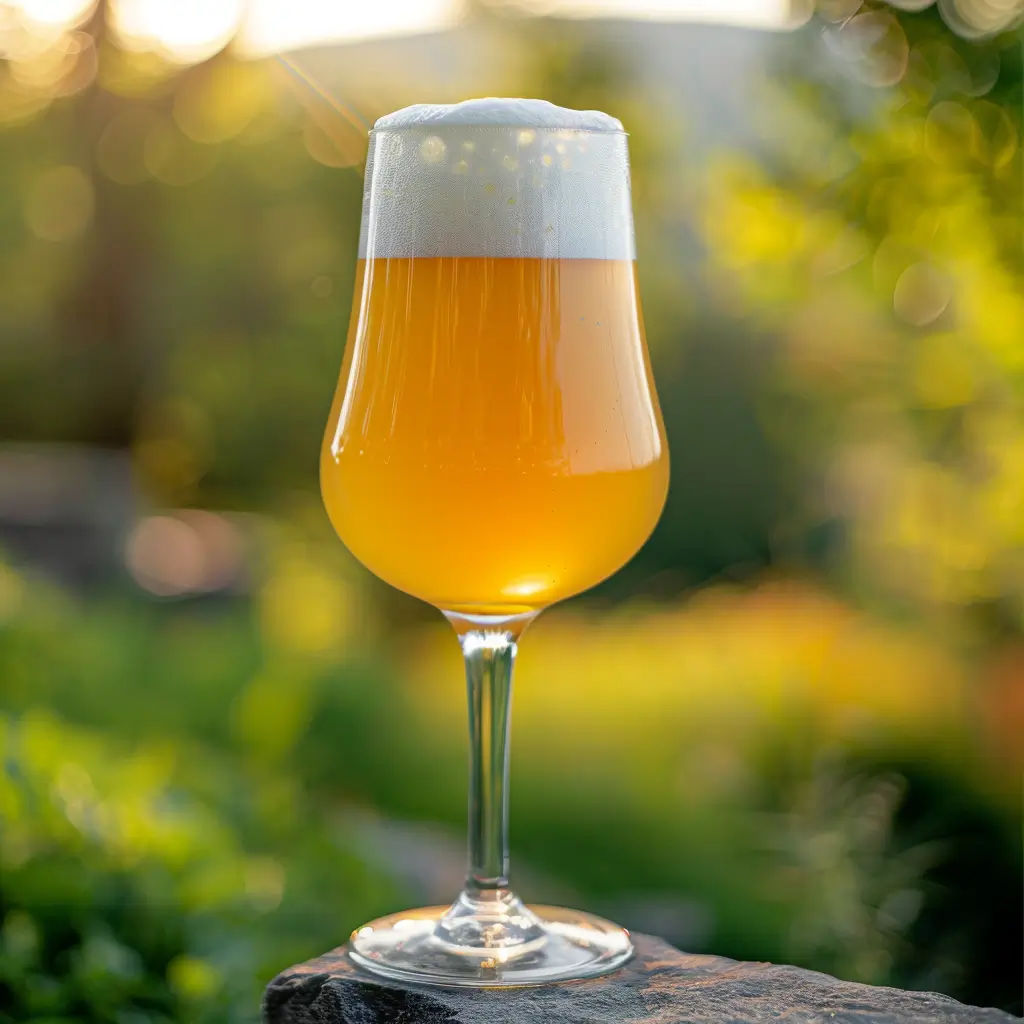
Want to read about other beer styles? We've got you covered!
India Pale Ales are characterized by higher hop bitterness, flavor, and aroma, as well as slightly higher alcohol content compared to standard pale ales.
While IPAs are known for their bitterness, the level can vary greatly. Modern IPAs often focus on hop flavor and aroma rather than just bitterness.
English IPAs typically have a more balanced malt profile and earthy, herbal hop character, while American IPAs showcase intense citrus, pine, or tropical hop flavors.
Most IPAs are best consumed fresh to enjoy their hop flavors and aromas, which fade over time. Some high-alcohol versions may benefit from short aging.
IPAs are best served at 45-50°F (7-10°C) to balance hop aromas and flavors with refreshing crispness.
Yes, Session IPAs offer similar hop-forward flavors but with lower alcohol content, typically around 4-5% ABV.
New England or Hazy IPAs are characterized by a turbid appearance, juicy hop flavors, lower perceived bitterness, and a softer mouthfeel compared to traditional IPAs.
IPAs pair well with spicy foods, bold cheeses, grilled meats, and dishes with strong flavors that can stand up to the beer's intensity.
The brewing process for an IPA typically takes 2-4 weeks from brew day to packaging, though some variations may require longer conditioning periods.
Yes, with advances in brewing technology, several breweries now offer non-alcoholic IPAs that aim to replicate the hop-forward flavors of traditional IPAs.

Want to read about other beer styles? We've got you covered!